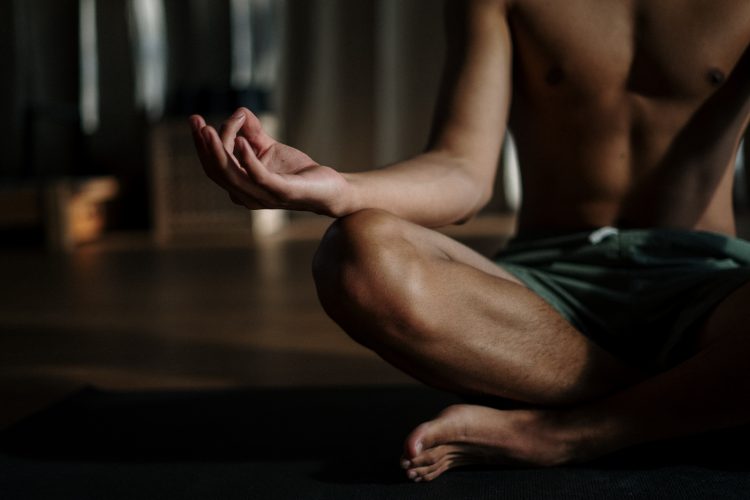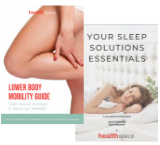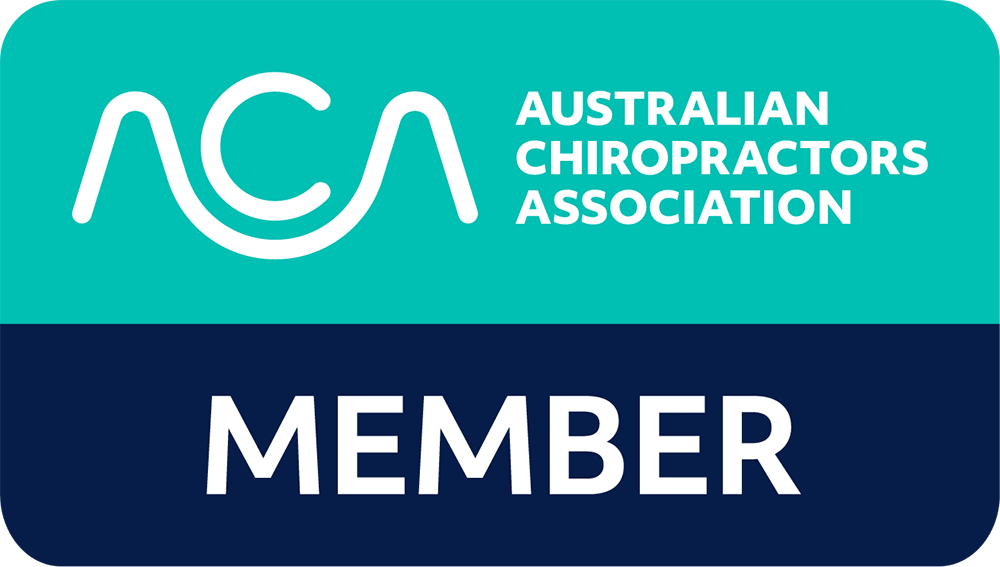
We’re one month into a new year, and I don’t know about you, but it has gone unexpectedly quickly for me! I feel as though I spent the whole month in a daze of work, sleep, socializing, repeat; I know I have taken very little time to reflect on last year, or map out my coming year. And with government guidelines for Covid becoming more relaxed, a lot of people are experiencing an odd mix of emotions, and feeling unsure about how they best want to face 2022, myself included! After quick shifts back and forth in 2021’s rules and regulations, it’s not surprising that a lot of us are buffing up our social calendars while we can.
While filling our free time with others can be great, even the most vibrant extroverts occasionally need to take time to recenter themselves. There are a lot of great ways to shift the focus of your free time from external sources to a more internal perspective in order to rejuvenate yourself and plan for the year ahead.
1. Journaling
There are 100’s of self-help and meditation guides recommending this, and for good reason! Journaling is a tried and tested method of mapping out one’s thoughts and helping to nail down goals for a fresh new year.
That being said, you shouldn’t necessarily go into journaling with a specific goal or outcome in mind. Thinking that you’ll write about all of the things stressing you out and attempting to have a poetic manuscript of your thoughts by the end of it can actually hinder your progress in improving wellbeing. Julia Cameron, author of “The Artist’s Way,” recommends writing three pages of stream-of-consciousness jargon every morning. In other words, allowing your mind to wander and writing down whatever pops into it has proven to be a much better guide for telling you what’s really guiding your thoughts and subconsciously impacting your day. Three pages may seem like a lot, but often it can be accomplished in as little as 10 to 15 minutes after a bit of practice.
2. Meditation
I know what you’re probably thinking. “Not this recommendation again! I’ve tried that and it doesn’t work.” Or “What a bunch of nonsense. Does anybody REALLY do this?” Or even “Ugh, I SUCK at meditating.”
Honestly, me too! And that’s exactly why I feel like I need it. Meditation is definitely one of those “easier said than done” sorts of practices. But it’s called “practice” for a reason: even if you’ve meditated every day for years and years, you will still not be a master of this art. You’ll still have days where sitting down for 5 minutes feels like an unachievable goal. You’ll have days where you’ve been sitting in silence for 30 minutes, only to realise that you just spent half of that time daydreaming about lunch. And yet, practicing meditation regularly, slowing the breathing, making the attempt to calm the mind, and then taking that moment of stillness into your day or evening can have long-lasting results! Researcher and Psychologist Cass Dunn has written extensively on the benefits of meditating – she found that dedicating just 10 minutes a day to meditation can positively impact every aspect of your life, from mental health to physical health to life longevity.
3. Movement
This may seem like an obvious one, but you might be surprised how often we *don’t* engage physically. Sure, a lot of us go to the gym three or four times a week, or even try for once a day, but that gym session lasts us – what, two hours max? What about the other 22 hours in the day?
When we work the standard 9-5 job, 5 days a week, a lot of us spend the bulk of that time sitting in one place. In the busy-ness of the work day, we may only move from that spot for lunch, and with so many of us working from home, there has been a significant increase in people working later into the evening than they would if going into the office. You may think that you’ve managed to adjust pretty well over the last year, and that the WFH grind isn’t all that bad. You may even be feeling the opposite to the above, and that’s great to hear! But for those of you who are like me, you’re probably coming to the end of the day with a stiff neck, a sore lower back, and an unexpected physical exhaustion from a *lack* of mobility. Who would’ve thought that sitting in one place could be so exhausting!?
Scientifically speaking, the answer is actually pretty simple: our bodies are stagnating. We’re moving less, and so our heart rate is decreasing, and oxygen isn’t travelling through the body as quickly, which means we’re feeling more tired by the end of the day. Getting up every hour and taking an average of 250 steps can help increase blood and oxygen flow, and can help lift some of that weariness and rejuvenate us throughout the day. Even if you still end up staying late at your computer, or following the work day with a bit of a lie-down, having those little movements throughout the day can greatly increase overall wellbeing. I personally like to set an alarm or a reminder on my phone to stand up and move around every hour or two (jumping-jacks are surprisingly good at perking me up!), and I can often tell the difference on the days where I do nothing.
You may feel like taking all of these tips on board at once is overwhelming. I urge you to take it slow. Test out one of these suggestions for a few weeks to see how it feels for you. You can track changes in your wellbeing by taking a note of your happiness at the end of the day, or checking in with yourself throughout the day (maybe pair it with the movements if you go that route?), and if the method you chose isn’t working for you after two or three consistent weeks, you can replace it with another option. If you’re finding that it’s helping after that time, you could add another to your routine and see if it improves even more substantially! Remember that every person’s journey is unique, and what helps one person may not help another.
Science and research support all of these techniques, and many more techniques on top of these which have been proven to help enhance people’s wellbeing. Along with the resources used to write this article, I’ve also included some additional resources to support you as you prioritise yourself this year.
Here’s the list of sources I used for the article:
https://aifs.gov.au/media-releases/two-thirds-australians-are-working-home
https://www.ncbi.nlm.nih.gov/pmc/articles/PMC7934324/#:~:text=Results%3A,with%20workspace%20indoor%20environmental%20factors.
https://www.forbes.com/sites/shephyken/2021/02/28/the-impact-of-the-virtual-work-from-home-workforce/?sh=7488d8ae2873
https://www.bryanston.co.uk/news/?pid=959&nid=86&storyid=1455
And a list of additional resources:
https://www.coursera.org/learn/the-science-of-well-being?utm_source=gg&utm_medium=sem&utm_campaign=09-ScienceofWellBeing-ROW&utm_content=B2C&campaignid=9722859275&adgroupid=100391762620&device=c&keyword=laurie%20santos%20happiness&matchtype=b&network=g&devicemodel=&adpostion=&creativeid=442206264683&hide_mobile_promo&gclid=Cj0KCQiA9OiPBhCOARIsAI0y71BJHySURonwFqSOQpCTvMd8sH798gbSjvXL1b751sWqdWrIRoaB1kMaAlWnEALw_wcB
https://grammar.yourdictionary.com/writing/52-simple-daily-journal-prompts.html
Written by Aidan

